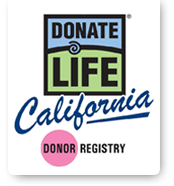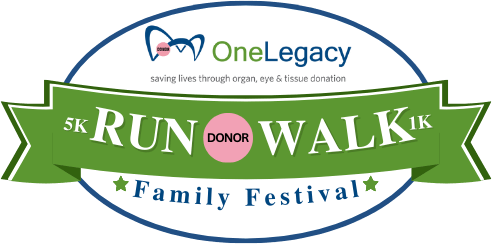Become A Donor to Support Breast Cancer Survivors
In the donation community, we often speak about how being a donor can save lives of those in need of organ transplants. We talk about diseases like kidney, liver, and heart failure and how being a donor can give someone a second chance at life.
One thing we don’t talk as much about is the role in changing lives that being a tissue donor can have. In October, this focus turns to how tissue donors are changing the lives of breast cancer survivors. Registering today as a donor can help breast cancer survivors heal and move forward with their lives.

One in eight women will be diagnosed with breast cancer during her life. That means in 2017, over 252,700 cases will be diagnosed. Thankfully, survival rates have been increasing since 1989 and we continue to see advancements in treatment. Many of these women will require surgery and for many, reconstructions with a tissue donation is their best option.
We can work to help support these survivors by signing up to be an organ and tissue donor, where you are able to help ten different breast cancer survivors in their greatest time of need.
A Survivor’s Story
A cancer diagnosis is one of the most shocking things you can receive. Thankfully, today it is not always life-threatening, but there is no doubt it is always life-altering.
Even as you move into recovery, there are many things that have changed both physically and emotionally. Breast cancer survivor Kate Kane shares how her breast reconstruction surgery changed her life with AOPO.
“I can’t imagine having gone through what I went through and having that be a turning point in my life where I have to stop doing the things that I did, not just for my overall health and well-being, but as my social life. I’m so grateful that I was able to do that. The cancer didn’t get me and the reconstruction brought me back to my life.”
Support Survivors During Breast Cancer Awareness Month
This month, you will see many ways to donate and support research for breast cancer. You will have the opportunity to support survivors in many ways. We hope you will also take a quick moment to support these survivors by signing up as an organ and tissue donor today.
Already signed up as a donor? You can help by sharing your story of why you’ve become a donor with your family and friends. They may not know that being a tissue donor can provide life-changing support to breast cancer survivors. Being open about your choice to be a donor creates a ripple effect of change!
Find out about one of our #StoriesofHope, Joshua San Pedro, who was able to change the lives of breast cancer survivors and others as a tissue donor here.
Breast Cancer Survivors Supporting Donation
Many breast cancer survivors are tissue recipients themselves, and they have now gone on to tell the story of how it changed their lives and why others should sign up as donors.
And many of them continue to be donors themselves. Having cancer does not disqualify you from being a donor and many women are giving back the #GiftOfLife they received.
Myth: I can’t be a donor if I’ve had cancer.
Truth: Cancer does not rule you out. You can always register to be a donor.
A beautiful story was shared by Sierra Donor Services of a breast cancer survivor learning she can pass it on as an organ & tissue donor.
Join Donate Life California in celebrating Breast Cancer Awareness Month this October and Breast Reconstruction Awareness (BRA) Day on October 18th by signing up as a donor and sharing your story!








